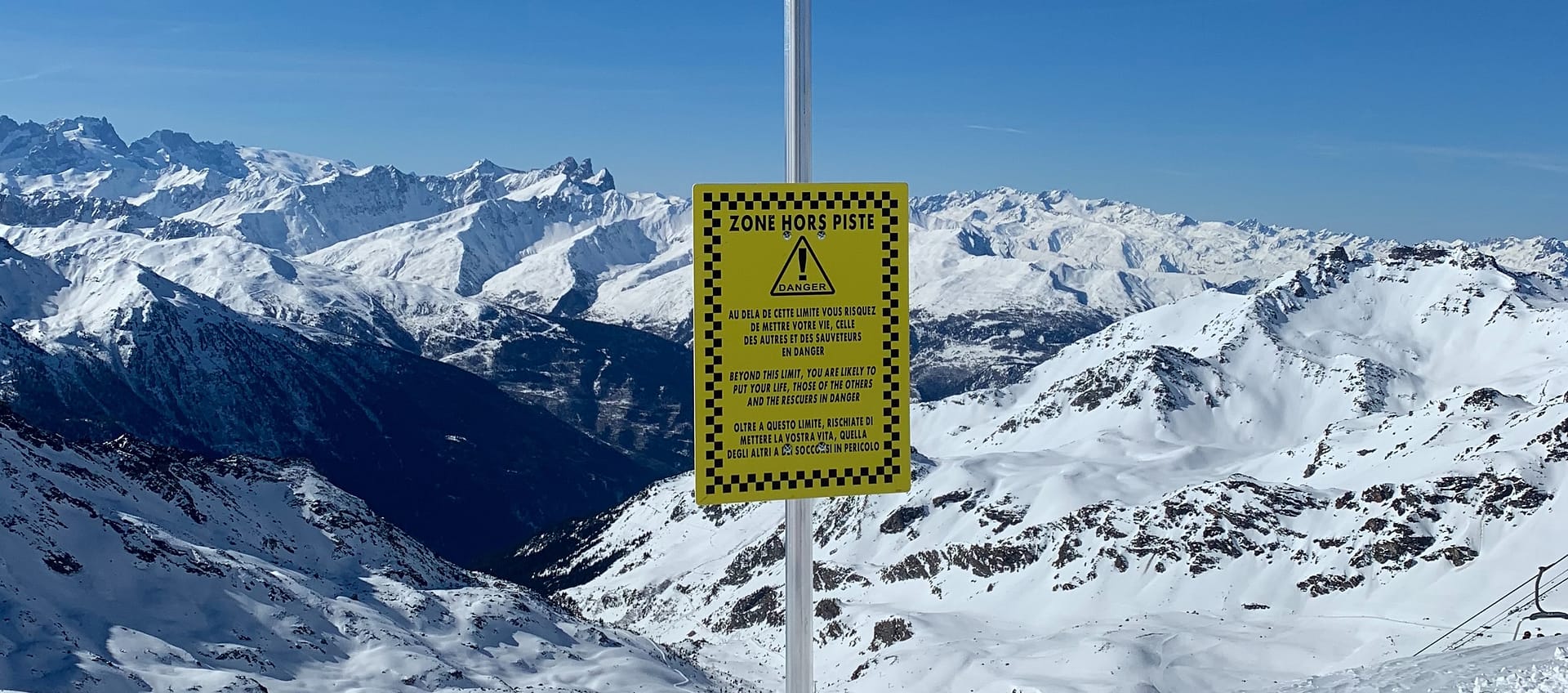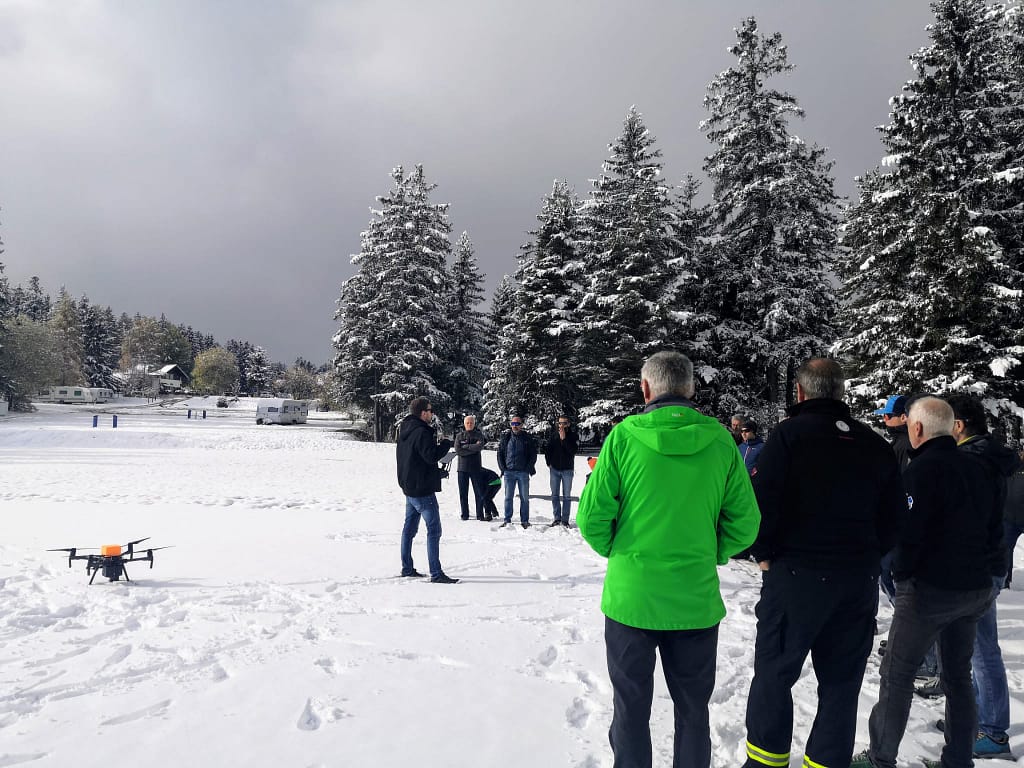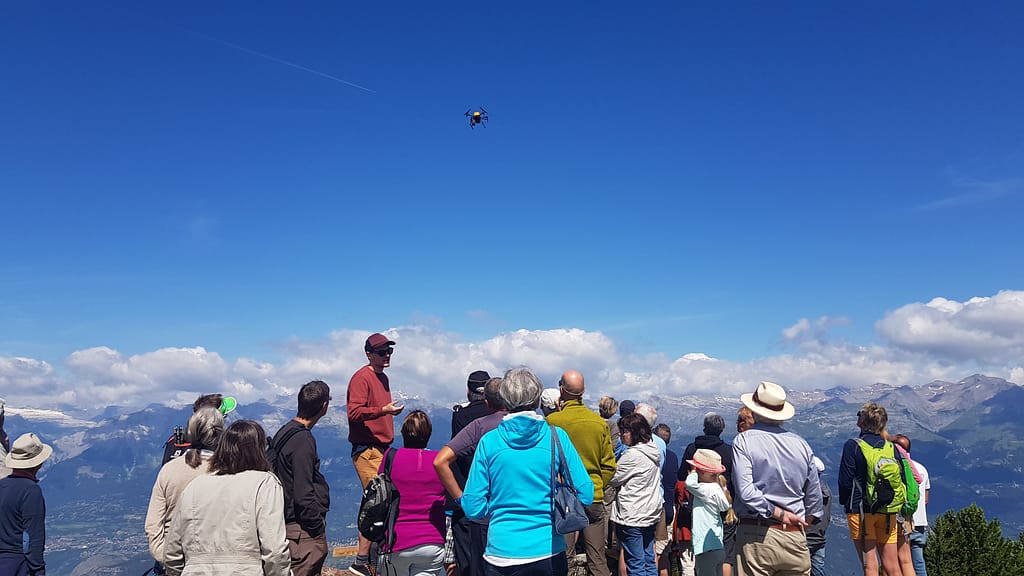The Nivitec team was thrilled to be introduced to video production to review the inconditional support of Gebert Rüf Stiftung and of the School of Engineering of Sion for its research project!
Nivitec commits to against the Covid-19 pandemic during the Hackaton Versus Virus
Our co-founders and engineers Jonathan and Vincent definitely have good ideas 💡
Indeed, they took advantage of these last 48 hours to find innovative solutions to the Covid-19 crisis as part of the Hackaton Versus Virus organized entirely online. This is how their team came up with the proposal of a project to fight the fake news related to the current pandemic. The idea would be to provide social media users with a quick and clear method of checking the authenticity of the information they read.
Link to more information: https://devpost.com/software/fact-fox.
Congratulations to their team and the more than 4,600 participants from all over Switzerland for their commitment to the fight against Covid-19 during this major event!
Technical update – January 2020
The goal of this article is to present the results and the challenges of our project, particularly regarding the acquisition of the avalanche beacon signal. It is deliberately technical, but we have tried to make it accessible to as many people as possible. For the less knowledgeable of you, hang in there!
First, let’s talk about the baselines of our project again.
The avalanche beacon, worn by the snow buried victim, emits every second a signal which is detected by the antenna embedded under our drone. Like a person trying to locate his phone by ringing it, we can estimate the distance between the drone and the device in the snow thanks to the strength of the signal received. It is a little more complicated than that, but this will be fair enough for this article.
The idea may look simple but turns out to be complicated to implement when the antenna is embedded under a drone. Indeed, the aircraft emits disturbances which can be picked up by the measurement device. To repeat our previous comparison, imagine yourself trying to locate your phone in a room full of loud conversations.
The disturbances issues were known since the start of our entrepreneurial adventure. We know for example that when a rescuer makes a search with his personal avalanche beacon, he must pay attention to the pocket in which he places his mobile phone. Otherwise, the device could disturb the avalanche beacon operation.
In our case, the team had to find a solution to reduce the influence of the drone on the antenna. Our first reflex was to move the measuring device away from the source of disturbances by hanging it further under the drone and to measure its impact. This approach is partially paying off but is not optimal and not very elegant for the development of a flying product which aims to be robust and secure. To face this challenge, we have redesigned the acquisition of the avalanche beacon signal by our on-board computers with more suitable electronics. Those adaptations allowed us to develop a signal processing improving the performances of the avalanche beacon signal detection in the noisy environment that represents a drone in flight.

A prototype planned for this winter
With this system in place, we have been able to carry out multiple sets of field measurements over the past months and have processed them with our search algorithm on the on-board computer. Indeed, our first algorithms were developed in simulation. The aim was to rethink the manual avalanche beacon search in order to get the best out of a search carried out by a machine. The purpose of simulation tests is to compare different research methodologies and test them under hundreds of different conditions. The advantage is to be able to vary different parameters (position of the drone, position of the beacon, orientation of the beacon, etc.) easily and analyze the results obtained. This approach brought to light the most promising algorithm that we have adapted to our drone embedded computer.
The results currently obtained are promising and show that our algorithm, based on field measurements, guides quickly the drone towards the location of the avalanche beacon. However, the range of our antenna, fifteen meters in flight, does not yet allow us to make the most of our research method. We are carrying on the work with the School of Engineering of Sion to improve these performances and are also developing the methodology for finding the first signal. Our goal is to offer a complete demonstrator this winter and to carry out tests under mountain intervention conditions.
News about our tests will be posted on our website and our social medias. Make sure to subscribe to our Twitter and Linkedin accounts. Congratulations to the brave having reached the end of this article, on our side, we return to the development of our product.
Advent calendar, the Espace Création is adorned with its most beautiful colours
Because behind a building are sometimes hidden exciting projects and personalities, the Espace Création was displayed on the façade during the whole Advent period. The opportunity for passers-by to discover in an original way the companies and start-ups of the incubator from the streets of Sion!

An initiative of the Foundation Inartis.
The Ark Foundation celebrates its 15th anniversary and the projects of start-ups and Valais companies!
The Ark took advantage of the Global Entrepreneurship Week to officially launch the festivities of its fifteenth anniversary. As an incubator, accelerator and catalyst for innovation, the Foundation showcased the various projects and companies it supports, including Nivitec, during a week-long exhibition open to partners, media and college students in the canton.
Demo of our solution for professional rescuers at the Swiss Ski Patrol’s General Assembly
We took advantage of the first snow this weekend in Crans-Montana to present our product at the Swiss Ski Patrol‘s General Assembly. The members of the Swiss-French and Ticinese Association of Security Chiefs and Ski Patrollers were able to gain insight into our current results and our ambitions for this winter. Thanks to the present rescuers for the welcome and the constructive exchange ✅

Business Ideas was back in Valais with the keynote of Nivitec!
On November 8, the Business Ideas event took place at the Maison de l’Entrepreneuriat in Sierre. Commissioned by Innosuisse – Swiss Innovation Agency and organized by Venturelab with the support of HES-SO Valais-Wallis and Idiap, this year’s theme was “Launch your start-up”. The opportunity for our co-founder, Stéphanie Ferreira, to present Nivitec as well as to share her entrepreneurial career and her advice to the present audience.
These events are organized regularly throughout Switzerland, stay tuned and do not miss the opportunity to discover personalities and entrepreneurial projects of various facets! More info: https://www.venturelab.ch/businessideas.
Our start-up gets Innosuisse Startup Coaching support programme
Among its various measures to support entrepreneurship, Innosuisse – the Swiss agency for the encouragement of innovation – provides a coaching programme for start-ups and entrepreneurial projects. Subdivided into three phases, we have just begun the first one called Initial Coaching. This is the opportunity for our team to benefit from the wise advice and the follow-up of an experienced business coach in the coming months. To be continued…
Fore more information on the programme, follow this link.
Nivitec at the EPFL Drone Days
The EPFL Drone Days was one of the highlights not to be missed from September 13 to 15 and Nivitec had the chance to give a public conference!
Organized during the Open Doors of the Ecole Polytechnique Fédérale de Lausanne and as part of its 50th anniversary, this third edition was an opportunity to celebrate and discover the latest technological advances of the Swiss Drone Valley.
Story in photos
Nivitec takes part to the Festival du Jazz et du Film d’Altitude of Vercorin
Curious cultural mishmash, CinéJazz2336 takes its name from this mythical summit that is Crêt-du-Midi. This year, a round table on the theme of the mountain rescue was on the agenda with the presence of representatives of the Groupe d’Intervention Médical en Montagne (GRIMM), the Institut de Formation et de Recherche en Médecine de Montagne (Ifremmont) and Nivitec!
Our team had the opportunity to interact with those who work in the field on a daily basis and to learn from their experience. We had the chance also to make an autonomous demonstration of flight proving that drone technology is also evolving to serve society.





